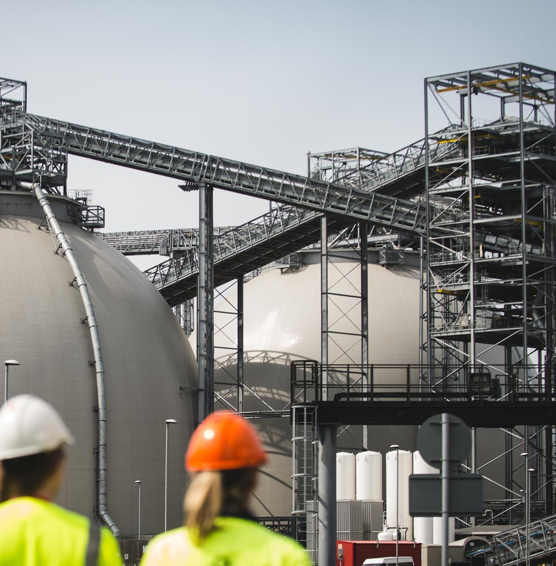The Circular Carbon Network is a non-profit initiative that is focused on catalyzing more investment and
commercial activity in the emerging Circular Carbon Economy to help accelerate its growth and realize its
full economic and climate potential.
Contribute Data
Please select a category where you want to contribute.

















